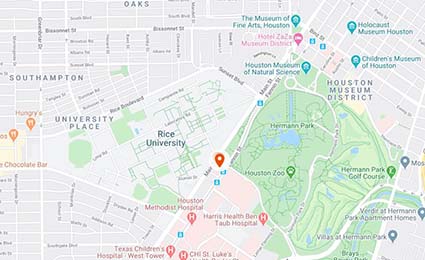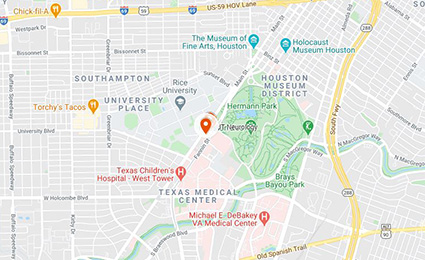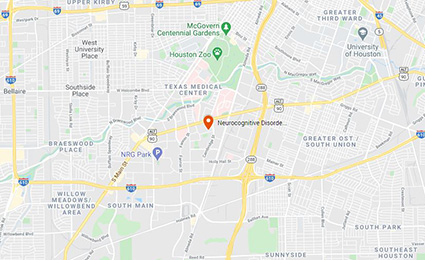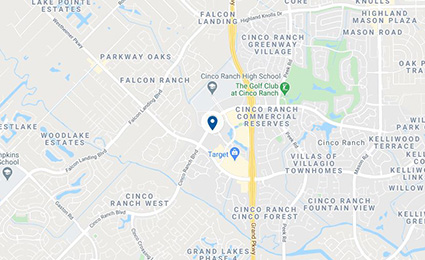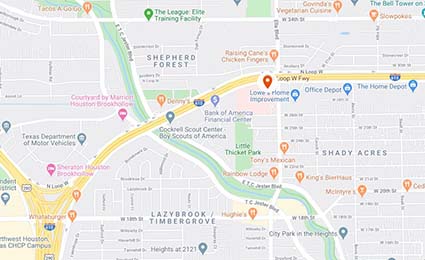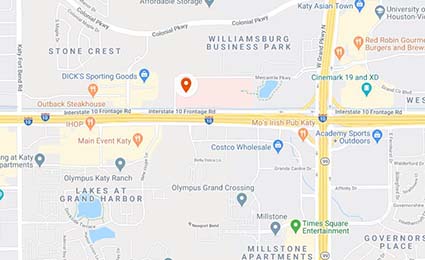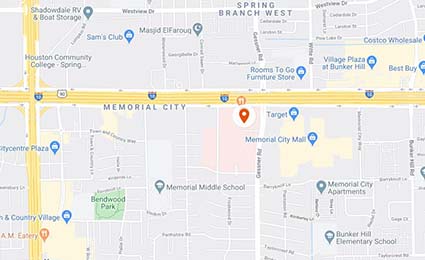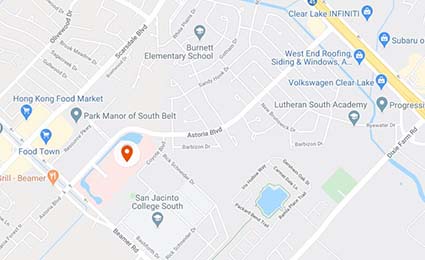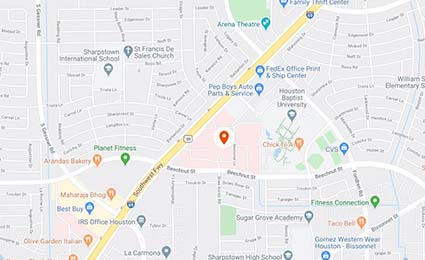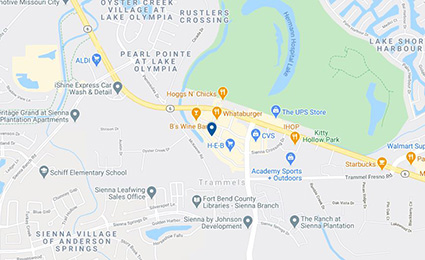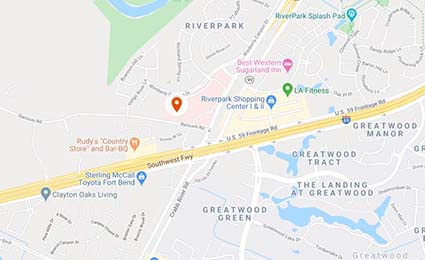Spondylolisthesis
What is Spondylolisthesis?
Spondylolisthesis occurs when a vertebra in the lower spine shifts out of place and onto the bone below it, often because of weakness or a stress fracture. It is more common in young athletes and older adults who suffer from arthritis. It can cause pain, stiffness, and muscle spasms.
Non-surgical options are often successful in relieving the symptoms, but sometimes surgery is needed. Spinal fusion is one of the more common options.
Causes of Spondylolisthesis
Usually spondylolisthesis results from spondylolysis, a crack or stress fracture in the pars interarticularis, the thin portion of the vertebra that connects the upper and lower facet joints.
In children, spondylolisthesis usually occurs between the fifth bone in the lower back (lumbar vertebra) and the first bone in the sacrum (pelvis) area. The injury is most commonly seen in children and adolescents who participate in sports that involve repeated stress on the lower back, including football, weightlifting, and gymnastics. Repetitive stress can cause a fracture on one or both sides of the vertebra. It also may be caused by a birth defect in the lumbar spine or an acute injury.
In adults, the most common cause is abnormal wear on the cartilage and bones, such as through arthritis. The condition affects people over the age of 50 and is more common in women than in men. Bone disease and fractures also can cause lumbar spondylolisthesis. Genetics may play a role, as some people are born with thinner-than-normal vertebral bone.
Early Signs of Spondylolisthesis and Diagnosis
Symptoms of spondylolisthesis may vary from none to mild to severe. The most common symptom is low back pain.
The condition can cause lordosis (swayback). In later stages it may result in kyphosis (roundback) as the upper spine falls off the lower spine. General symptoms are lower back pain; muscle tightness in the hamstrings; pain, numbness, or tingling in the thighs and buttocks; tenderness in the area of the vertebra that is out of place; weakness in the legs; and difficulty standing and walking.
Our spine specialists diagnose spondylolisthesis by taking a thorough medical history, conducting a physical exam, and asking you to undergo imaging studies that may include X-ray, CT scan, or MRI scan.
Treatments for Spondylolisthesis
Your doctor may use X-rays, CT scans, or an MRI, as well as a physical exam, to determine the severity of your condition. Initial treatment may include rest, physical therapy, nonsteroidal anti-inflammatory drugs, oral corticosteroids, and/or bracing that limits movement of the spine and allows the fracture to heal.
Surgery may be recommended for patients who have severe or high-grade slippage of the vertebra, such as when more than 50% of the fractured vertebra slips forward on the vertebra below it. The procedures most often recommended for people with lumbar spondylolisthesis are spinal fusion or a laminectomy to decompress the nerves.
What You Can Expect at UTHealth Neurosciences
The UTHealth Neurosciences Spine Center brings together a multidisciplinary team of board-certified, fellowship-trained neurosurgeons, neurologists, researchers, and pain management specialists who work together to help provide relief for even the most complex problems. Your team will share insights, leading to better treatment decisions and outcomes.
We first investigate nonsurgical treatment options, including medical management, pain management, physical therapy, rehabilitation, and watchful waiting. When surgery is needed, our neurosurgeons routinely employ innovative minimally invasive techniques. Throughout the treatment process, we will work closely with the doctor who referred you to ensure a smooth transition back to your regular care. While you are with us, you will receive expert care, excellent communication, and genuine compassion.
Anatomy of the neck and spine
- The cervical region (vertebrae C1-C7) encompasses the first seven vertebrae under the skull. Their main function is to support the weight of the head, which averages 10 pounds. The cervical vertebrae are more mobile than other areas, with the atlas and axis vertebra facilitating a wide range of motion in the neck. Openings in these vertebrae allow arteries to carry blood to the brain and permit the spinal cord to pass through. They are the thinnest and most delicate vertebrae.
- The thoracic region (vertebrae T1-T12) is composed of 12 small bones in the upper chest. Thoracic vertebrae are the only ones that support the ribs. Muscle tension from poor posture, arthritis, and osteoporosis are common sources of pain in this region.
- The lumbar region (vertebrae L1-L5) features vertebrae that are much larger to absorb the stress of lifting and carrying heavy objects. Injuries to the lumbar region can result in some loss of function in the hips, legs, and bladder control.
- The sacral region (vertebrae S1-S5) includes a large bone at the bottom of the spine. The sacrum is triangular-shaped and consists of five fused bones that protect the pelvic organs.
Spine Disease and Back Pain
Arthrodesis
Artificial Disc Replacement
Cauda Equina Syndrome
Cervical corpectomy
Cervical disc disease
Cervical discectomy and fusion
Cervical herniated disc
Cervical laminectomy
Cervical laminoforaminotomy
Cervical radiculopathy
Cervical spondylosis (degeneration)
Cervical stenosis
Cervical spinal cord injury
Degenerative Disc Disease
Foraminectomy
Foraminotomy
Herniated discs
Injections for Pain
Kyphoplasty
Laminoplasty
Lumbar herniated disc
Lumbar laminectomy
Lumbar laminotomy
Lumbar radiculopathy
Lumbar spondylolisthesis
Lumbar spondylosis (degeneration)
Lumbar stenosis
Neck Pain
Peripheral Nerve Disorders
Radiofrequency Ablation
Scoliosis
Spinal cord syrinxes
Spinal deformities
Spinal injuries
Spinal fractures and instability
Spinal Cord Stimulator Trial and Implantation
Spinal Fusion
Spinal Radiosurgery
Spine and spinal cord tumors
Spondylolisthesis
Stenosis
Tethered spinal cord
Thoracic herniated disc
Thoracic spinal cord injury
Transforaminal Lumbar Interbody Fusion
Vertebroplasty
Contact Us
At UTHealth Neurosciences, we offer patients access to specialized neurological care at clinics across the greater Houston area. To ask us a question, schedule an appointment, or learn more about us, please call (713) 486-8100, or click below to send us a message. In the event of an emergency, call 911 or go to the nearest Emergency Room.
